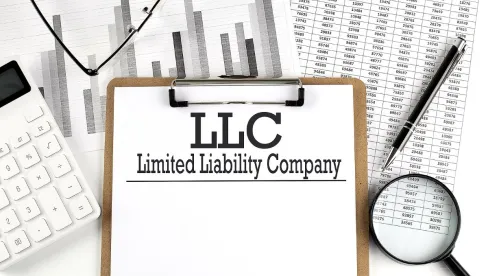"Outside reverse veil piercing" allows a shareholder's creditor to reach corporate assets. In Postal Instant Press, Inc. v. Kaswa Corp., 162 Cal. App. 4th 1510 (2008), the Fourth District Court of Appeal rejected outside reverse veil piercing, holding that a third party creditor may not pierce the corporate veil to reach corporate assets to satisfy a shareholder's personal liability. Nine years later, three different justices in the Fourth District applied outside reverse veil piercing to a Delaware limited liability company. Curci Investments, LLC v. Baldwin, 14 Cal. App. 5th 214 (2017). Last month the Second District Court of Appeal sided with Curci, upholding the imposition of a constructive trust under the alter ego theory. Reliant Life Shares, LLC v. Cooper, 90 Cal. App. 5th 14 (2023).
The key to reconciling the decisions would appear to be whether there are innocent (or potentially innocent) shareholders or members. In Reliant and Curci, the courts believed that there were no innocent members. As Professors Stephen Bainbridge and M. Todd Henderson observed in their book, Limited Liability: A Legal and Economic Analysis:
Outsider reverse veil piercing effectively bypasses the usual method of collecting a judgment against a corporate shareholder, in which the creditor attaches the debtor’s shares in the corporation and not assets of the corporation. Unsecured creditors who relied on firm assets in lending to the corporation are thus disadvantaged. Similarly, if there are other shareholders, their interests are adversely affected if the corporation’s assets can be directly attached by the personal creditor of one shareholder. And, after all, the creditors of the shareholder-debtor can be satisfied by the debtor’s claim on the assets of the corporation indirectly, such as by taking the shares in settlement of the debt.



 />i
/>i

